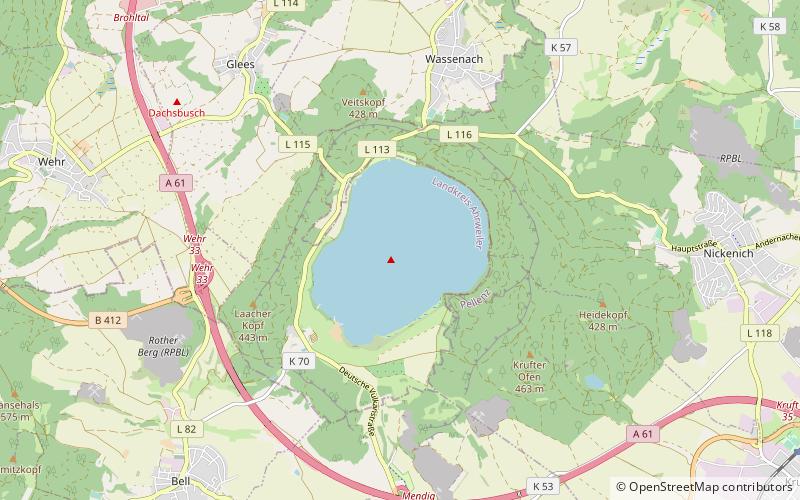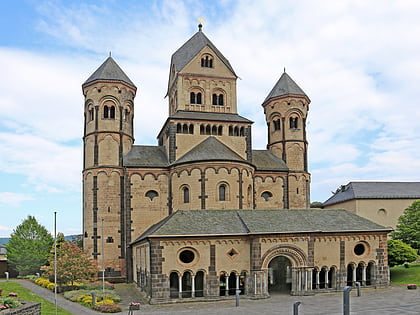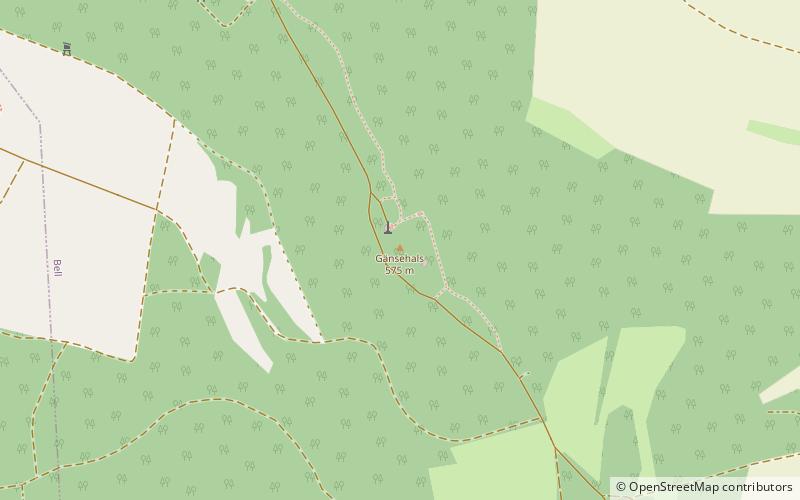Laacher See


Facts and practical information
Nestled in the picturesque landscape of the Eifel region in Germany, Laacher See is a stunning volcanic lake that offers a unique glimpse into the country's geological past. Formed by a massive eruption around 12,900 years ago, this caldera lake is the largest in the region, with a diameter of approximately 2 kilometers.
Laacher See is not only a natural beauty but also a site of significant scientific interest. It is one of the few places in Central Europe where evidence of recent volcanic activity can be found. The lake's formation is attributed to the same volcanic system that created the East Eifel Volcanic Field, and even today, it exhibits signs of ongoing volcanic activity, such as carbon dioxide gas emissions from the lake bed.
Visitors to Laacher See can enjoy a variety of recreational activities, including hiking, swimming, and boating. The lake's clear waters and serene surroundings make it an ideal spot for relaxation and nature exploration. Surrounding the lake, well-marked trails lead through lush forests and offer panoramic views of the volcanic landscape.
Despite its peaceful appearance, Laacher See serves as a constant reminder of the dynamic and sometimes volatile nature of the earth. Geologists closely monitor the area, as the potential for future eruptions, although currently considered low, remains a subject of ongoing research.
Laacher See – popular in the area (distance from the attraction)
Nearby attractions include: Maria Laach Abbey, Namedy Castle, Hochsimmer, Lava-Dome.











